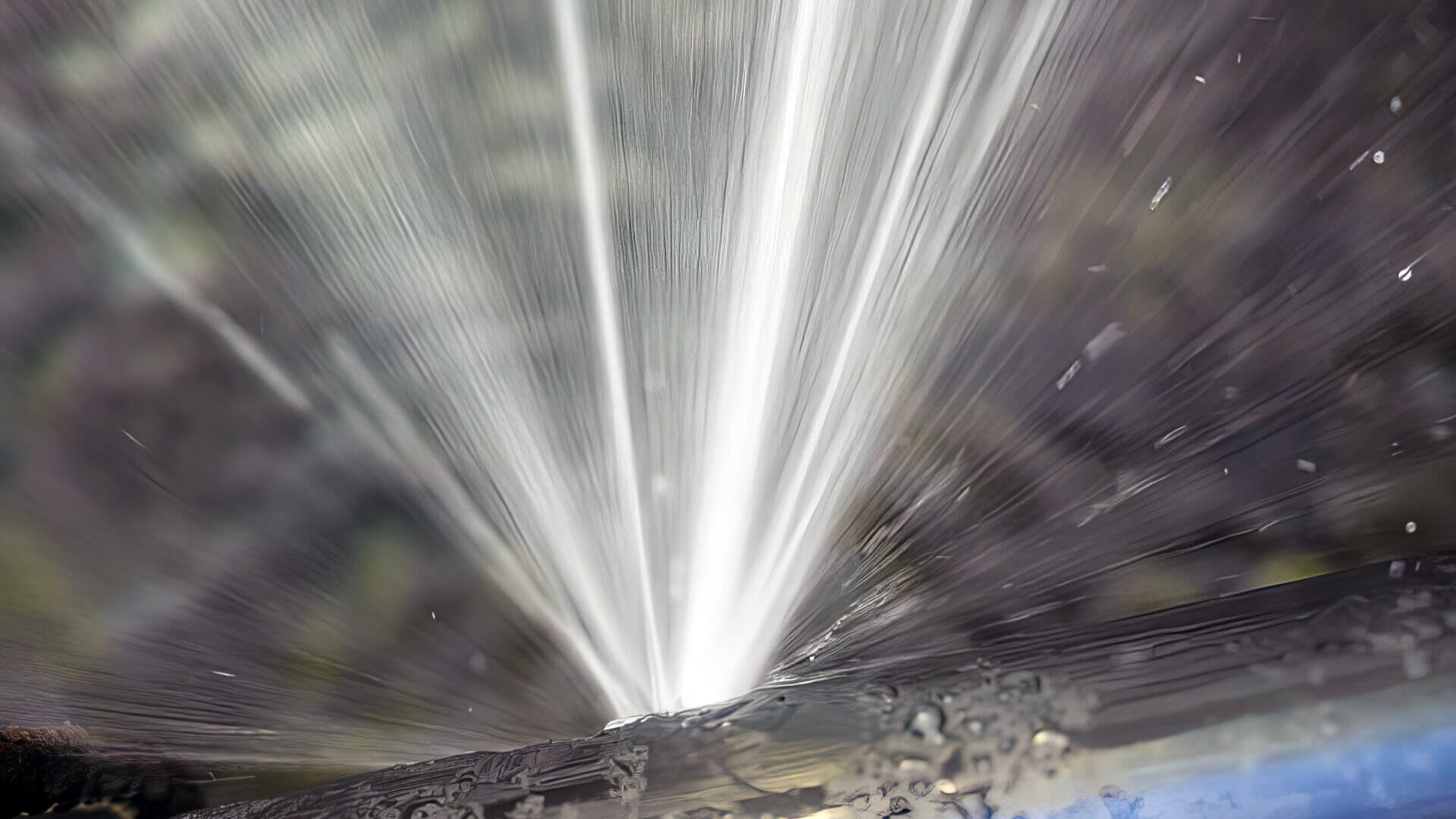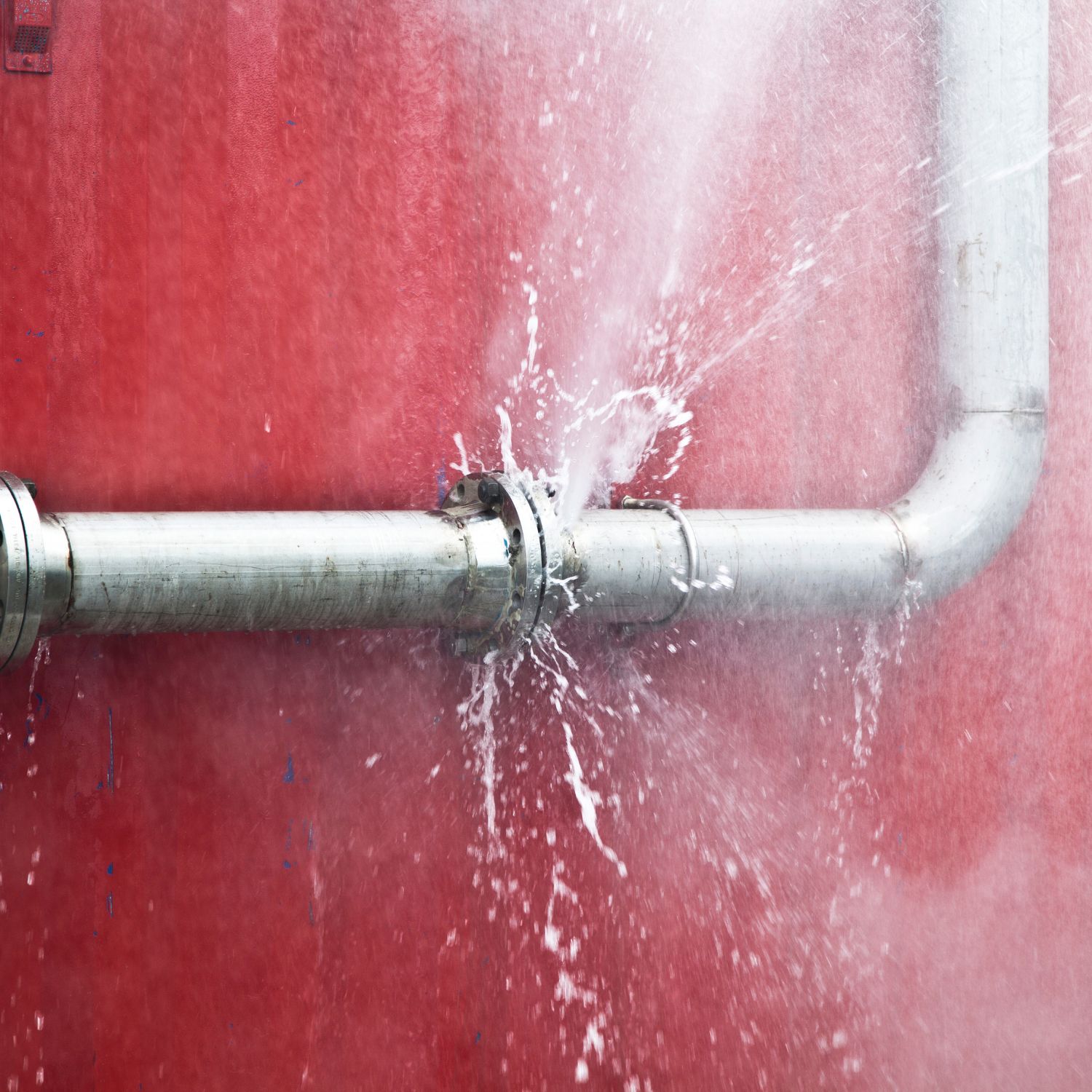How to Fix a Burst Pipe Yourself: A Step-by-Step Guide for Homeowners
How to Fix a Burst Pipe Yourself: A Step-by-Step Guide for Homeowners
Blog Article
Avoiding Burst Pipeline: Important Tips to Safeguard Your Plumbing
Preventing burst pipes is an important worry for house owners, especially during chillier months when the danger of cold is heightened. Implementing critical measures such as proper insulation, routine examinations, and preserving constant interior temperature levels can significantly reduce the probability of pipeline failure.
Understand Pipe Vulnerabilities
Recognizing pipe susceptabilities is vital for effective pipes upkeep and avoiding expensive damages. Several variables add to the susceptibility of pipes to ruptureds, including product make-up, age, and environmental problems. Older pipelines, specifically those made from galvanized steel or polybutylene, usually degrade gradually, bring about boosted risk of leaks and ruptures.
Temperature level fluctuations can additionally dramatically influence pipeline honesty. In colder environments, water caught in pipes can freeze, putting in and broadening pressure on the pipe wall surfaces, which may ultimately result in a ruptured. In addition, high water pressure can stress pipelines, especially at bends and joints, increasing the likelihood of failing.

Insulate Pipes Properly
Appropriate insulation of pipes is crucial for preventing cold and subsequent ruptureds during cold weather (burst pipe). Insulating your plumbing system efficiently safeguards against temperature goes down that can cause costly damages. Begin by determining at risk locations where pipelines are exposed to outdoor temperatures, such as basements, attics, and exterior walls
Usage foam pipe insulation sleeves or wrap insulation tape around these locations to supply a protective barrier. Guarantee that all sections of the pipes, specifically those with limited warmth direct exposure, get sufficient insulation. Pay special interest to installations and joints, as these are a lot more vulnerable to freezing.
When shielding, it's vital to pick products that fulfill local structure codes and are ideal for the specific setting. For example, fiberglass insulation is frequently suggested for its thermal resistance residential properties - burst pipe. Furthermore, think about utilizing warmth cables or tape in extreme conditions, which can be connected in to offer supplementary heat
Routinely evaluate insulated pipelines for any kind of signs of wear or damages, as endangered insulation can decrease its effectiveness. By taking these aggressive actions, you dramatically decrease the risk of pipeline ruptureds, ensuring a trustworthy plumbing system throughout the wintertime months.
Maintain Regular Temperature
A steady interior temperature level is important for avoiding burst pipelines during the icy months. When temperatures decline, water within pipelines can ice up, expanding and developing pressure that might ultimately create the pipelines to burst.Using a programmable thermostat can help manage indoor temperatures properly, guaranteeing that spaces with plumbing remain warm even when the home is vacant.
In enhancement, it is prudent to permit faucets to trickle somewhat during severe cool spells. This small circulation of water can stop freezing by reducing stress within the pipes. During particularly serious climate events, think about momentarily suspending any kind of nighttime setbacks on your thermostat to preserve a consistent cozy environment. By carrying out these methods, house owners can significantly decrease the threat of pipeline ruptureds and secure their pipes systems versus the harsh wintertime elements.
Consistently Inspect Plumbing
Routine examinations of plumbing systems are crucial for preventing ruptured pipes and maintaining total home integrity. Throughout these evaluations, it is crucial to examine visible pipes for signs of corrosion, leakages, or use.
Furthermore, examining joints and links is essential, as these factors are commonly vulnerable to leakages. Property owners must additionally analyze water stress levels, as extreme pressure can stress the plumbing system and boost the risk of pipe ruptureds.
Take into consideration organizing professional plumbing inspections at least when a year, particularly prior to winter season, to guarantee your system is prepared for colder temperatures. By being positive in your approach, you can secure your home versus the turbulent and expensive repercussions of ruptured pipes.
Know Emergency Situation Procedures
Comprehending emergency situation treatments is crucial for every house More about the author owner, specifically after performing regular plumbing inspections. Being prepared for a plumbing emergency situation click for more info can dramatically minimize damages and conserve prices. Initially, locate your major water shut-off shutoff; it is typically found near the water meter or where the main line enters your home. Familiarize yourself with its operation, as shutting down the supply of water promptly can protect against comprehensive flooding.
Following, keep essential devices convenient. A pipes emergency situation kit should include a wrench, plunger, and towels, along with a flashlight and a bucket for tiny leakages. Furthermore, consider having the contact info for a trusted plumbing technician easily offered, must the circumstance escalate beyond your control.
If you identify a leakage or burst pipeline, instantly shut off the water supply and notify your plumbing professional. Record the damages with photos for insurance policy objectives. Recognize the signs of potential pipes issues, such as uncommon water pressure changes or damp areas on walls
Inevitably, aggressive knowledge and quick action are critical in handling pipes emergency situations, ensuring your home remains secured and decreasing prospective damages.

Final Thought
Finally, avoiding burst pipes necessitates a complex method that includes understanding pipeline susceptabilities, correct insulation, preserving constant indoor temperature levels, routine assessments, and knowledge of emergency situation treatments. By applying these crucial approaches, the threat of pipes failings can be dramatically reduced, thereby ensuring the long life and efficiency of the pipes system. Aggressive measures not only safeguard versus potential damages however likewise add to overall water preservation and the defense of home.
In colder environments, water caught advice in pipes can freeze, increasing and putting in pressure on the pipe walls, which might ultimately lead to a burst. When temperature levels drop, water within pipelines can ice up, creating and broadening stress that might ultimately trigger the pipelines to burst. By carrying out these methods, house owners can considerably reduce the danger of pipeline ruptureds and secure their pipes systems versus the harsh winter season elements.

Report this page